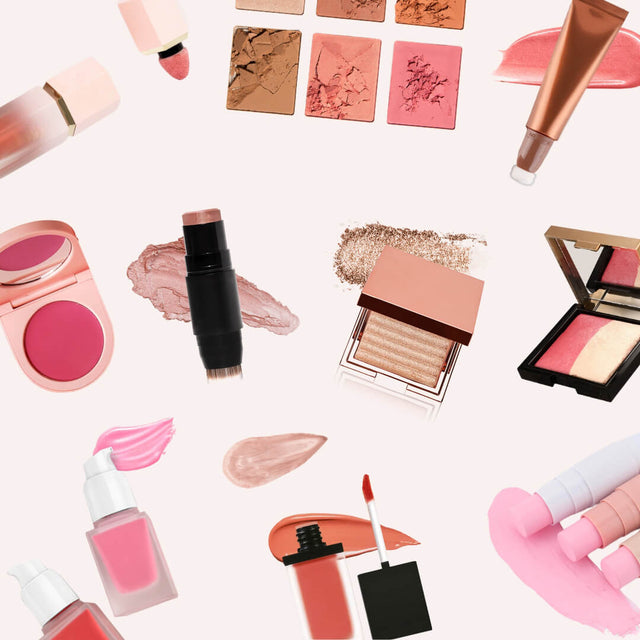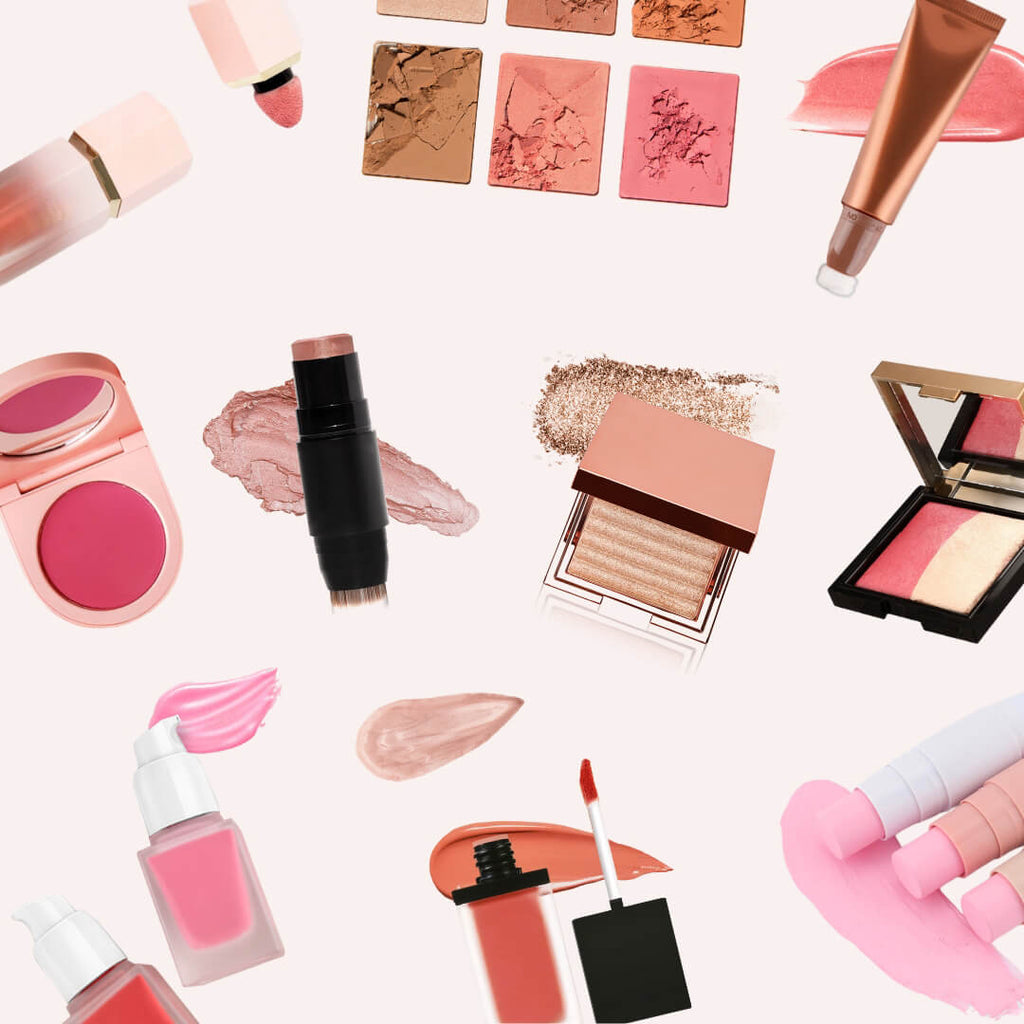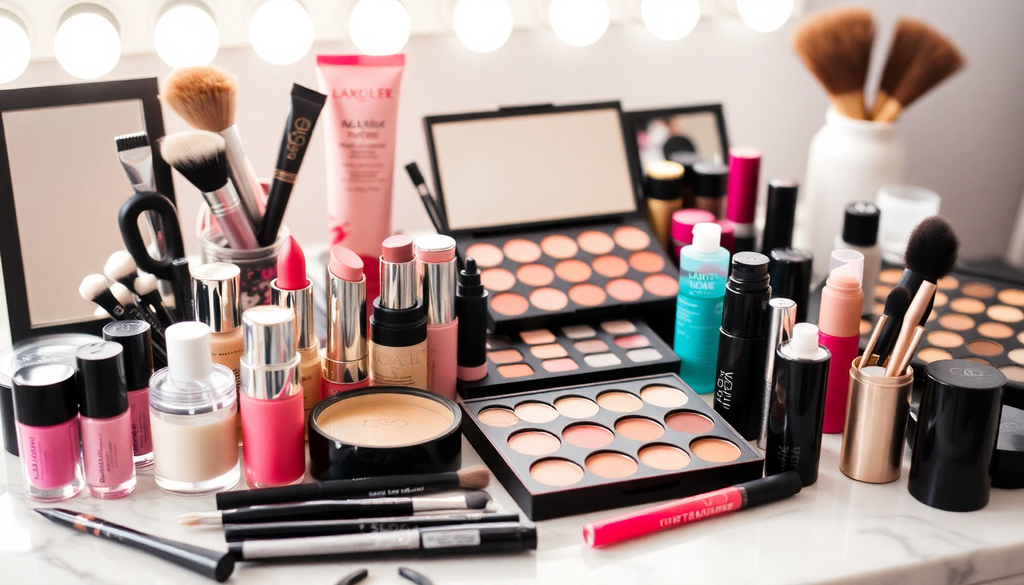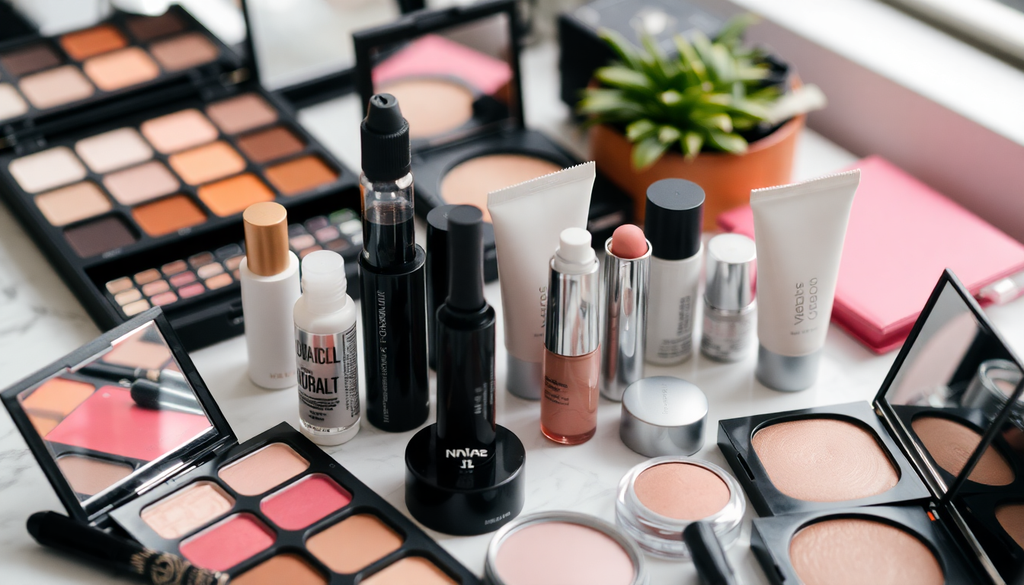
Your Comprehensive Guide to Launching a Private Label Makeup Line: Essential Steps for Each Global Market in 2025
Introduction
Launching a private label makeup line can be an exhilarating venture, especially in 2025, when the beauty industry is continuously evolving. With an increasing number of consumers seeking unique, high-quality products, private labeling offers an excellent opportunity for entrepreneurs. This comprehensive guide will walk you through essential steps tailored for various global markets, ensuring you have the right strategies to succeed in this competitive landscape.
Understanding Global Markets
Before diving into specifics, it's crucial to understand the unique characteristics and demands of each market. Below are key markets to consider when launching your makeup line:
- North America: The U.S. and Canada are highly lucrative markets with a strong demand for innovative beauty products.
- Europe: A diverse market with varying preferences; countries like France and Germany lead in makeup consumption.
- Asia-Pacific: Rapidly growing, especially in countries like China and South Korea, where trends change quickly.
- Latin America: An emerging market with increasing interest in beauty products, particularly in Brazil and Mexico.
- Middle East and Africa: A region with unique beauty standards and growing demand for makeup products.
Step 1: Market Research
Conducting thorough market research is the foundation of your private label makeup line. This will help you understand what products are in demand and how to position your brand effectively. Analyze trends, consumer preferences, and competition in each market. Key aspects to consider include:
- Popular Product Categories: Identify which types of products are trending in each market, such as lip products, eyeshadows, foundations, or even specialty items like highlighters and blushes.
- Emerging Trends: Stay updated on industry trends, such as clean beauty, sustainable packaging, and personalized products. Consider trends like multifunctional makeup and products infused with skincare benefits.
- Consumer Demographics: Understand the demographics of your target audience, including age, gender, income level, and lifestyle. Tailor your products to meet their specific needs and preferences.
Step 2: Compliance and Regulations
Each country has specific regulations regarding cosmetics that you must comply with when launching your line. Here’s an overview of compliance needs in various regions:
- North America: In the U.S., the FDA oversees cosmetics; ensure proper labeling, ingredient safety, and compliance with regulations. Canada has similar requirements, focusing on ingredient disclosure and product safety.
- Europe: Comply with the EU Cosmetics Regulation (EC) No 1223/2009, which requires safety assessments and proper labeling. You might also need to register your products in the CPNP (Cosmetic Product Notification Portal).
- Asia-Pacific: Research local regulations thoroughly. For instance, China’s regulations are stringent, requiring animal testing for imported cosmetics. However, there are ongoing changes and opportunities for cruelty-free certifications.
- Latin America: Understand local regulations, especially in Brazil, where ANVISA oversees all cosmetic products. You’ll need to register your products and provide detailed ingredient lists.
- Middle East and Africa: Regulations vary by country. In the GCC, products must meet specific standards regarding labeling and safety. Countries like South Africa also have their own cosmetic regulations to follow.
Step 3: Sourcing and Manufacturing
Finding a reliable manufacturer is critical for your private label makeup line. Here are steps to ensure you partner with the right supplier:
- Identify Manufacturers: Look for manufacturers that specialize in private label cosmetics. Use platforms like Alibaba, or attend trade shows to meet potential suppliers.
- Request Samples: Before committing, request product samples to ensure the quality meets your standards. Evaluate texture, pigmentation, and longevity.
- Negotiate Terms: Understand the terms of production, including lead times, payment options, and potential for scalability in production as your brand grows.
- Quality Control: Establish a quality control process to ensure that every batch meets your standards. Consider third-party testing for safety and efficacy.
Step 4: Branding and Packaging
Your brand identity is vital in the beauty industry. It’s not just about the product; it’s about how your brand is perceived. Tips include:
- Create a Unique Brand Story: Develop a compelling narrative that resonates with your target audience. Highlight what makes your brand unique, whether it’s ingredient sourcing, ethical practices, or a commitment to sustainability.
- Invest in Eye-Catching Packaging: Aesthetic packaging can significantly influence consumer purchasing decisions. Ensure your packaging reflects your brand identity and adheres to local labeling regulations.
- Consider Eco-Friendly Options: As consumers become more environmentally conscious, offering sustainable packaging can be a major selling point. Research biodegradable or recyclable materials for your packaging.
- Branding Elements: Design a memorable logo, choose a cohesive color palette, and develop a consistent voice for your brand across all channels.
Step 5: Setting Up Your Online Store
In 2025, a strong online presence is essential for success. Follow these steps to set up your e-commerce store:
- Choose an E-Commerce Platform: Select a platform that suits your needs, such as Shopify, WooCommerce, or BigCommerce. Consider factors like scalability, ease of use, and payment options.
- User-Friendly Design: Ensure your website is visually appealing and easy to navigate. A well-structured layout can enhance the user experience and increase conversion rates.
- Mobile Optimization: With more consumers shopping on mobile devices, ensure that your website is mobile-friendly and loads quickly.
- Secure Payment Options: Implement secure payment gateways to protect customer information. Offer multiple payment methods to cater to different preferences.
- Clear Shipping Policies: Communicate shipping options, costs, and estimated delivery times clearly on your website to avoid customer confusion.
Step 6: Marketing Your Makeup Brand
Effective marketing strategies are crucial for brand visibility and attracting customers. Consider the following tactics:
- Utilize Social Media: Platforms like Instagram, TikTok, and Pinterest are powerful tools for promoting beauty products. Create engaging content that showcases your products and encourages user interaction.
- Collaborate with Influencers: Partner with beauty influencers to reach a wider audience. Choose influencers whose values align with your brand for authentic promotion.
- Run Targeted Ads: Use social media and search engine advertising to target specific demographics interested in beauty products. A/B test your ads to see what resonates best.
- Leverage Email Marketing: Build an email list and send regular newsletters featuring product launches, promotions, and tips. Personalization can significantly improve engagement rates.
- Host Giveaways and Promotions: Encourage engagement and attract new customers by hosting giveaways. Collaborate with influencers to expand your reach.
Step 7: Building Customer Relationships
Establishing strong relationships with your customers can lead to brand loyalty and repeat purchases. Here are some strategies:
- Exceptional Customer Service: Provide prompt and helpful customer support. Address inquiries and issues quickly to enhance customer satisfaction.
- Engage on Social Media: Respond to comments and messages on social media platforms. Engaging with your audience can build a sense of community around your brand.
- Loyalty Programs: Consider implementing a loyalty program that rewards repeat customers with discounts or exclusive offers. This encourages them to return to your brand.
- Feedback and Reviews: Encourage customers to leave reviews and feedback. Use this information to improve your products and services continuously.
Step 8: Scaling Your Business
Once your private label makeup line is established, consider strategies to scale your business:
- Expand Product Range: Based on customer feedback and market trends, consider expanding your product line to include new categories or shades.
- Explore New Markets: Research opportunities to enter new geographic markets. Adapt your products and marketing strategies to cater to local preferences.
- Optimize Operations: Streamline your supply chain and inventory management to reduce costs and improve efficiency. This can free up resources for expansion efforts.
- Invest in Technology: Utilize technology tools for inventory management, customer relationship management, and analytics to improve decision-making and operational efficiency.
Conclusion
Launching a private label makeup line in 2025 requires careful planning and execution across various global markets. By understanding market trends, complying with regulations, and utilizing effective marketing strategies, you can create a successful beauty brand. Remember, the key to thriving in this competitive industry lies in innovation, customer engagement, and staying attuned to consumer needs. With dedication and the right approach, your brand can make a significant impact in the beauty world.




